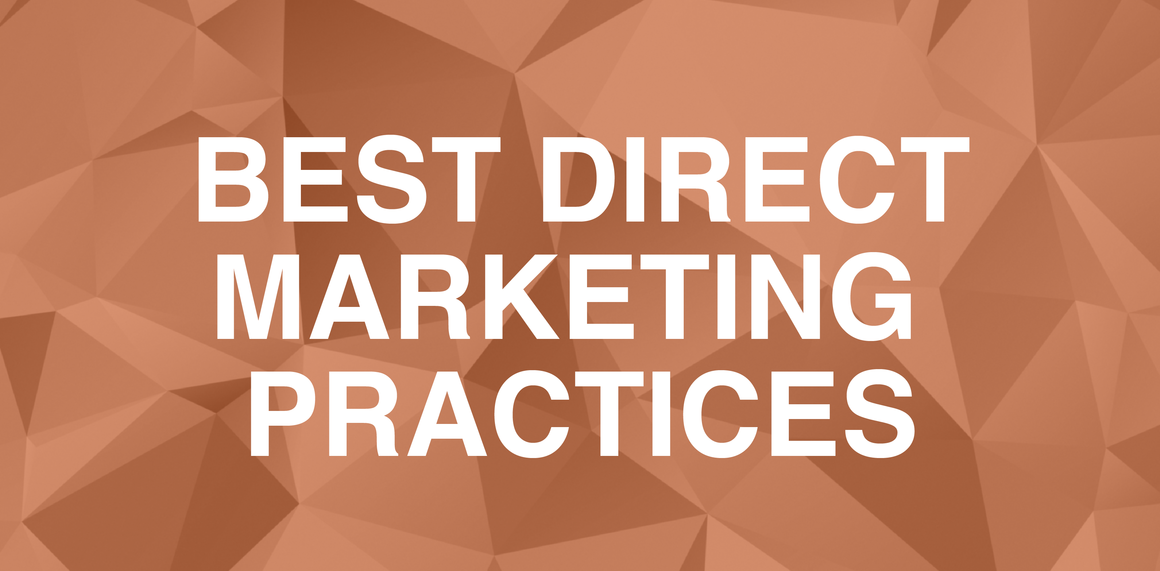1) List: For direct marketing, your list is not just a way to reach your market, it is your market. The list is possibly the single most important element to an effective direct mail effort. So it’s important to ensure your list is as accurate as possible. How was the list obtained? Is it a house list, compiled list or a direct response list (people who purchased or gave to a cause previously)? What do you know about the people on the list (demographics or buying behavior for example)? For business to business lists, it may be worth the resources to review each record against LinkedIn to check current position, title, etc. for accuracy. Also, consider running the list through an Address Verification System, such as CASS Certification, for further cleansing.
2) Offer: The offer is also a critical element to a successful direct mail effort. An offer is what gets the reader to respond to your communication. Are you selling the offer? Is it relevant, specific and time sensitive. According to marketing guru Ed Mayer, the 40/40/20 rule of direct marketing is that 40 percent of your direct marketing success is dependent on your list, another 40 percent is dependent on your offer, and the last 20 percent is reserved for everything else, including how the material is presented.
3) Format: (headline, opening and offer preview): The format of the direct mail piece can also impact response. Which works better – a letter mailer or a self mailer? The answer is it depends. Each format has certain advantages therefore different formats should really be tested.
4) Call to action: Most direct mail pieces are not purely informational. Recipients are being asked to take action. Evaluate if there is a strong “ask”. In most fundraising letters, the “ask” should be positioned in the introductory paragraph.
5) PS: Is the call to action and key benefit repeated in the post script? After the headline and first sentence, this is the most important part of the letter. According to wired.com, when people receive personal letters they read the salutation first and the P.S. next. Therefore, your P.S. should include your most attractive benefit, your invitation to action, or anything that inspires a feeling of urgency.
6) Response Vehicle: Along with a strong call to action a response mechanism is needed. Is a written response joomla_4ice included? Are there other options to be considered such as a call bank ,URL, SMS, Twitter or other digital channel? For example, 2% of charitable giving was through a social media networking site (blackbaudnews.com).
7) Envelope: The advantage of a closed-face envelope is that it looks like real personal or business mail. The advantage of the window envelope is that the recipient’s name and address can be imprinted or affixed to the reply element, which is positioned so that they show through the window – eliminating the need for the customer to write in his own name and address. According to directmarketingiq.com, results can vary. The only sure way to know which will work better for your business is to test. Consideration should also be given to ROI; does the increase in response outweigh the additional cost?
8) Postage: While adding a first stamp postage stamp is not possible for ever budget, the cost benefit should be evaluated. Research confirms that mail with a stamp has a higher open rate than mail with a permit or meter imprint (blackbaud.com).
9) Personalization: Is data being used to personalize the creative and copy? It’s been proven time and time again that personalized pieces have higher response rates than static direct marketing. The degree of personalization is a variable that can be tested.
10) Test/Test/Test: Lastly, what variables are being testing against your control piece? How are they being measured? Never assume you know what will work.
In Part 2 of this series, I will address whether the 40/40/20 rule as it relates to the impact of creative has withstood the test of time. In the meantime, we are interested in your findings. Please feel free to share them with me at srowe@perfectprinting.com.



Leave a Reply